Media | Articles
A Stash of Nashes Is Sitting at the Bottom of Lake Michigan
Thanks to Gordon Lightfoot, when it comes to the legends of the Great Lakes, the one we know best is, of course, The Wreck of the Edmund Fitzgerald. But while the lake they call gichi-gami never gives up her dead, neither does the body of water the Ojibway call michigami—Lake Michigan. There, some 46 years before the winds of November came early, bringing doom to the Fitzgerald’s crew, a collision in heavy fog sent the SS Senator to the icy depths. Her cargo, some 268 Nash automobiles bound for Detroit, remains the largest collection of its type in the world. They’re all still down there.
Nash Motors is part of Wisconsin’s early automaking history, don’tcha know. It was founded by Charles Nash, one of GM’s most successful presidents, a man with a background that’s the epitome of pulling yourself up by your bootstraps. Abandoned by his parents at the age of six and sent into indentured servitude as a farmhand, he was later hired as an upholsterer at the wagon and cart factory that would form the core of GM. He was running the entire factory within six months.
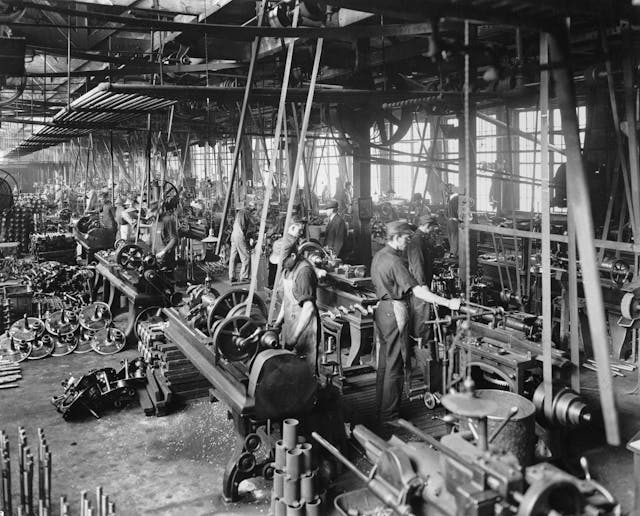
As GM’s fifth president, Nash took the company from the brink of financial collapse to doubling profits year-over-year. Unfortunately, he got stuck in the middle of the power struggle of those with financial interests in GM and eventually turned down a salary of $1M per year, vowing to never work for somebody else again.
Meanwhile, the president of the Thomas B. Jeffery automobile company was busy getting torpedoed by a German U-Boat. He was aboard the RMS Lusitania off the coast of Ireland when the submarine fired upon the ship and sank it, resulting in the staggering loss of over sixty percent of passengers and crew. Charles T. Jeffery survived, and as he was not only the president of the company but also an heir to the family business, he decided to sell up and enjoy the rest of his life. Nash bought the company in 1916 and renamed it Nash Motors one year later.

By the end of the 1920s, Nash was humming right along—its advertising slogan, “Give the customer more than he has paid for,” embodying the brand’s popular, feature-filled offerings. Charles Nash’s exacting, careful, hands-on stewardship had grown his Kenosha-based operations into the fourth-largest auto manufacturer in the U.S., behind the Big Three of Ford, Chrysler, and GM. Most of the time, a Nash car leaving the production line was already sold.
Marketplace
Buy and sell classics with confidence
Nash had entry-level models and overall operated at about the level of Buick in the market, which is to say it was nicer than a Chevrolet but not quite a Cadillac. However, it did have fairly opulent models with advanced technology. Something like a Nash Ambassador got an inline-six with overhead valves and two spark plugs per cylinder, the last more ordinarily seen in aviation at the time. With lavish upholstery and trimmings, these cars were sometimes referred to as “Kenosha Dusenbergs,” and several royal families imported them to Europe.

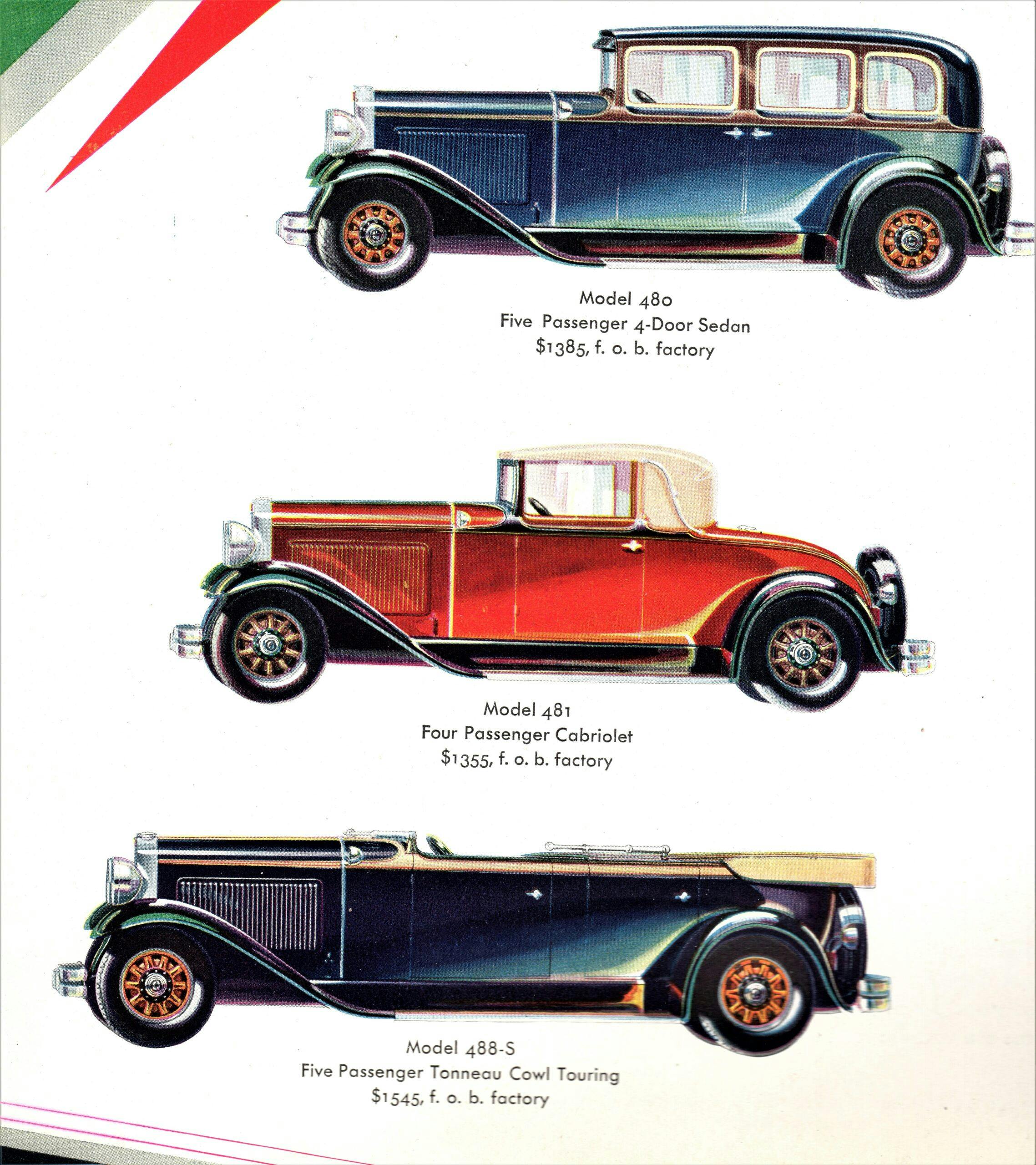
For the 1930 model year, an inline-eight engine had been introduced to better keep up with the likes of Hudson and Buick. Meanwhile, the Nash Light Six offered a little higher build quality than you might expect in a mid-priced car.
As with so many businesses situated around the Great Lakes, Nash took advantage of shipping as an effective means of transport. In October 1929, some 268 cars were lined up on the docks, then driven into the hold of a bulk steel carrier that had newly been fitted with an elevator for automotive ferrying duties.
The SS Senator was a typical steel steamship of its era, constructed in 1896 and used to haul everything from coal to corn. It also had the dubious distinction of having sunk once already, when another steamer ran into her on the St. Mary’s River. Happily, in that case, the quick-thinking crew had just enough time to run the ship into shallow enough waters so she didn’t slip below the waves. Salvage crews were able to repair the damage and refloat the Senator.

The last weeks of October, 1929 were pretty universally bad. Obviously, you had the Black Thursday crash that kicked off the Great Depression, but just in terms of shipping on Lake Michigan, it was a complete disaster. On Tuesday, October 22nd, a train car ferry sank, the entire crew lost. One week later, another steamship went down, with eighteen souls drowned.
Two days later, on Halloween, the Senator headed out from Kenosha with its cargo of Nash automobiles, valued at $251,000. Adjusted for inflation, that’s about $4.7M.
Conditions were spookily foggy that night, but the Senator’s captain was in a hurry to stay on schedule. Despite the poor visibility, he ran the ship at full speed, sounding its fog horn at regular intervals.
Meanwhile, the SS Marquette, a similarly sized bulk carrier with 7000 tons of iron ore on board, was also out there in the dark, and also running at full speed. News reports of the era indicate that the ships signalled to each other by their horns, but their crews couldn’t see each other—at least until it was too late.
Aboard the Senator, Captain Kinch spun the wheel as the bow of the Marquette suddenly loomed out of the fog, too close to avoid. The Marquette hit slightly behind amidships, puncturing the side of the Senator. The cold October waters of Lake Michigan swiftly rushed in.
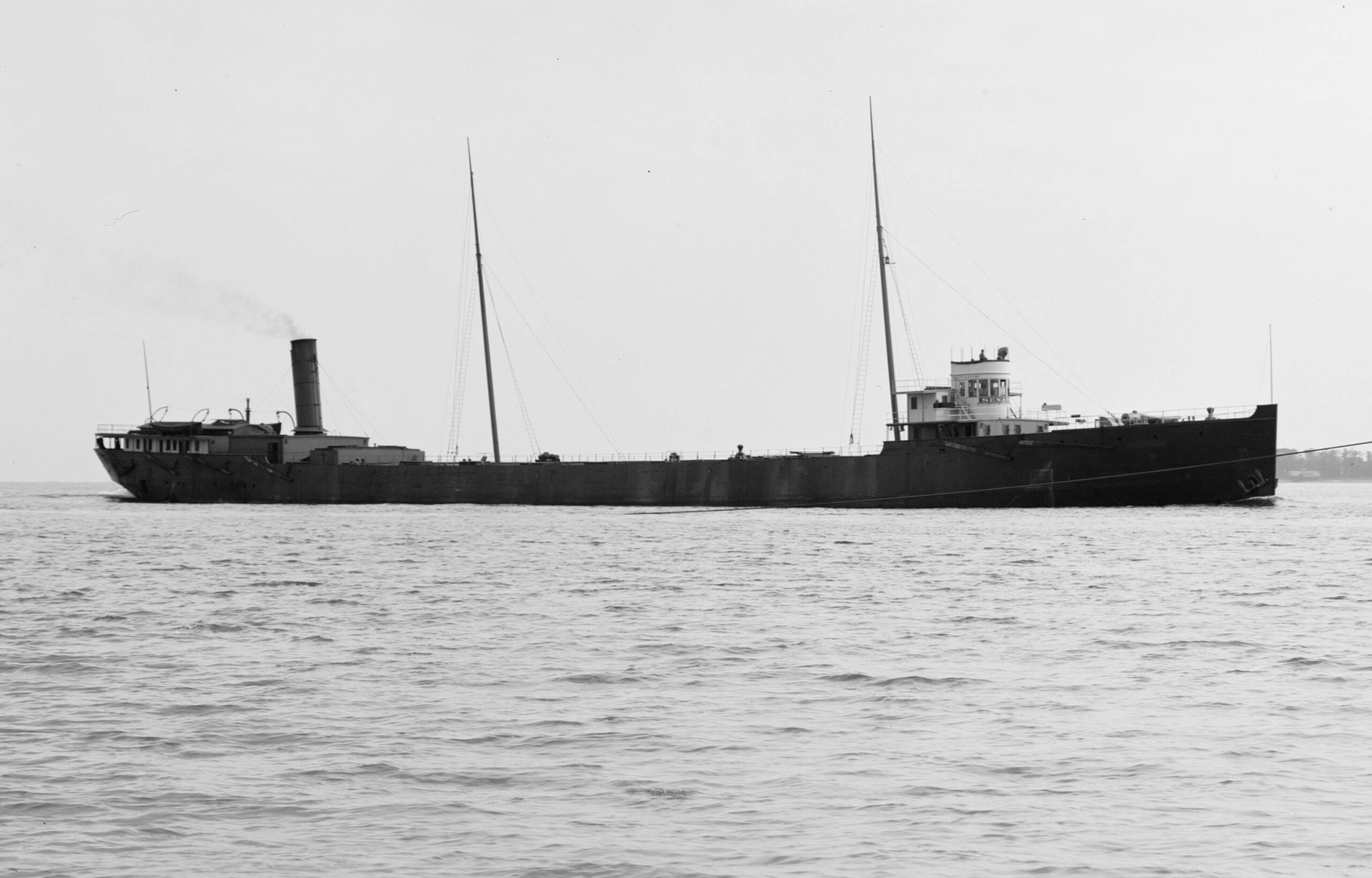
This wasn’t a band-playing-on-the-deck type of sinking. It was violent and swift. From initial impact to the Senator slipping below the surface took just eight minutes. Some of the survivors only made it because they literally jumped aboard the Marquette as it scraped past. Given that the Marquette did not stop to search for survivors—for this, its crew was roundly jeered when it made harbor—there may have been some actual fights onboard. Luckily, a passing tugboat had heard the crash and arrived to pluck survivors from the freezing water. More than a third of the Senator‘s complement of 28 men didn’t make it.

The wreckage of the SS Senator sits in deep, cold, dark waters and lay there undiscovered until 2005. It would take another eleven years before the wreck was properly explored, when cinematographer Evan Kovacs and archaeologist Tamara Thomsen sent a remotely operated submersible (ROV) down to the wreck. There, they saw the cars that had once sat on deck scattered across the lakebed, but the ones in the hold still sat in neat and tidy rows.
“Some look so good you felt as if you could just wipe off the dirt and drive away.”
Preserved by the cold, fresh water, the metal of those underwater Nash automobiles won’t have corroded away, though the leather and wood have probably rotted. If you could somehow dredge an Ambassador from the deep, it would not be out of the question to restore it.
But Lake Michigan, they said, never gives up her dead.



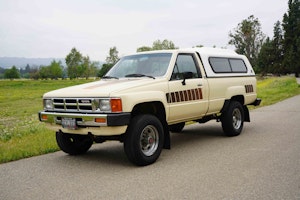

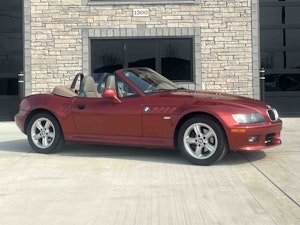
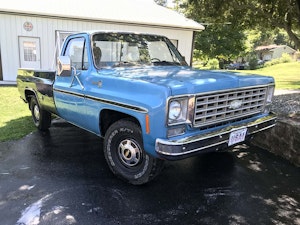












I hope someone is going to bring them up and bring them back to life! An eccentric billionaire or something.
Billionaires don’t get their fortunes by doing something silly like resurrecting old cars unless they were incredibly valuable. These aren’t.
Sounds like a Jay Leno car project.
That would be the SS Senator. USS designation only refers to military vessels. Great story.
Agreed
Well if I had the money to salvage some of those cars I would just for the sake of doing it for the people who can’t like myself. I would then restore the cars so someone else could tell the rest of the story.
Hey Hagerty! Interesting story, but that barnacle covered coupe in your first photo looks suspiciously like a 1928 Chevrolet to me.
Wow. I guess we can ignore all the known documentation that the ship was carrying Nash automobiles and call the whole thing a hoax because one guy in the comments kinda thinks one car looks like a Chevy! Glad this case got solved. Great work Grant!
You have any proof, or are you just going to say they are wrong and leave?
Pretty obvious Chevrolet bow-tie on the radiator shell
You should look up what you are talking about, it’ll help you from making a fool of yourself. That’s not even the right grille shell shape for a ’28 Chevrolet. Also, look at Nash emblems from the era.
“Pretty obvious” my foot… The only thing pretty obvious is there’s a lot of people spouting nonsense round here. Including you, Fred.
I said absolutely nothing about a “hoax”. But that first photograph does NOT show a Nash in my respectful opinion. Further investigation indicates that the barnacle-coupe in that image is a 1927 Chevrolet (not a ’28 …… sorry about the error). It is parked on the bottom of Georgian Bay, still aboard a ship called the SS Manasoo which sank in Fall 1928. Perhaps someone on staff at Hagerty would like to insert a Reply comment here?
So, Randy… are you going to apologize, say YOU were wrong, and leave?
I hate to burst bubbles, but there are no barnacles in Lake Michigan.
Ross is correct! Barnacles require a salt water environment.
Please forgive my misunderstanding.
All those little mollusc creatures in the photo are more likely to be a form of mussel, which can tolerate a freshwater home like Georgian Bay where the SS Manasoo sank in 1928.
Mussels, not barnacles.
Does this mean that Hagerty’s headline photo with the davy-jones-locker Nash story is actually illustrating Chevrolet’s first mussel car?
Speaking of accuracy, barnacles are associated with salt water. I reckon that those things are mussels.
How do you make a small fortune restoring cars? You start with a large fortune.
Do you refer to a 1961 Corvair 95 Rampside pick-up ?
If the descendants are agreeable, it would be interesting to recover 1 to include with a memorial for the crew members who were lost.
The wreck lies 450 feet down. Salvaging those cars would be prohibitively expensive.
Great article
Author used the WRONG Lake as the final sentence of the story. Apologize to Gordon Lightfoot.
Lake Michigan is occasionally credited with similar properties, but who cares.
It was used as a similie, I’m sure that Gordon Lightfoot would approve.
Yeah I would love to see someone bring these beauties up and restore them.
Not Lake Michigan. Superior it’s said never gives up it’s dead.
I recall a chapter of a book on the history of Door County Wisconsin about this wreck. The depth of the wreck made it very difficult to reach. A squad of Navy deep sea divers heard the story and wanted to dive the wreck. The Navy would not sanction this, so they all took leave and went on their own. They had to use a blend of gases to dive to that depth even with their deep water equipment. They found the ship and the cargo of rare cars intact. They could only make short dives and but were able to document the wreck.
A recovery attempt was made by a salvage company years later to recover some of the vehicles, but the car they attempted to raise was destroyed and they gave up. The wreck is still resting there to this day as far as I know.
Great article. Yes, the sheet metal may have survived but those cars won’t start. They’re flooded…
🙄
It would be neat to retrieve one of the cars and put it in a memorial for the crew who lost their lives. None oe these cars should be restored. Moot point since it is never going to happen.
268 cars with a value of only $251,000?
Seems a bit low unless there was a preponderance of lower models aboard or the figure is what Nash had them insured for (i.e. their cost), not retail value.
I’m with you Glenn, although as a volunteer conservator at our local marine museum, and as a car enthusiast, I’m somewhat on the fence. Bring up two…conserve the first as an as-raised artifact…restore the other to bring the story full circle. Simple…on paper.
With the technological advancement in the last 96 years, raising a car from the bottom of Lake Michigan, which is less than 1000 feet deep, seems possible.
If they can go down to the Titanic, in 12,000 feet of water, a 1000 or less seems workable.
Great article. Thanks for sharing. Particularly for those of us who live in Michigan.
Does anyone know if the Evan Kovacs mentioned is related to Ernie Kovacs ?
Actually… it is Lake Superior (not Lake Michigan) that never gives up its dead. And for those cars… it’ll like buff out and they will be as good as new.
You would problably have to get a salvage title for those cars.